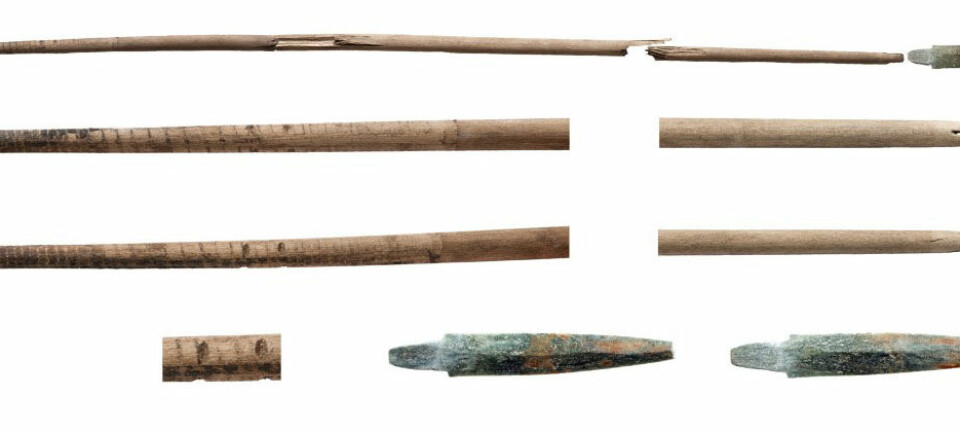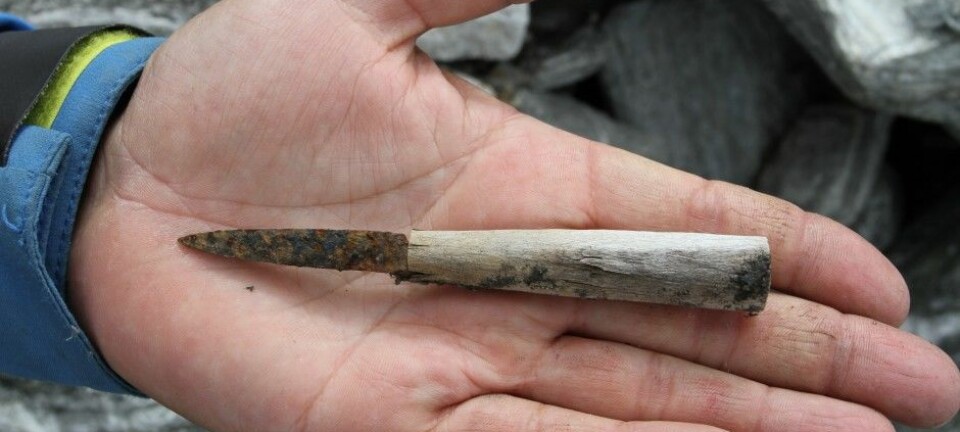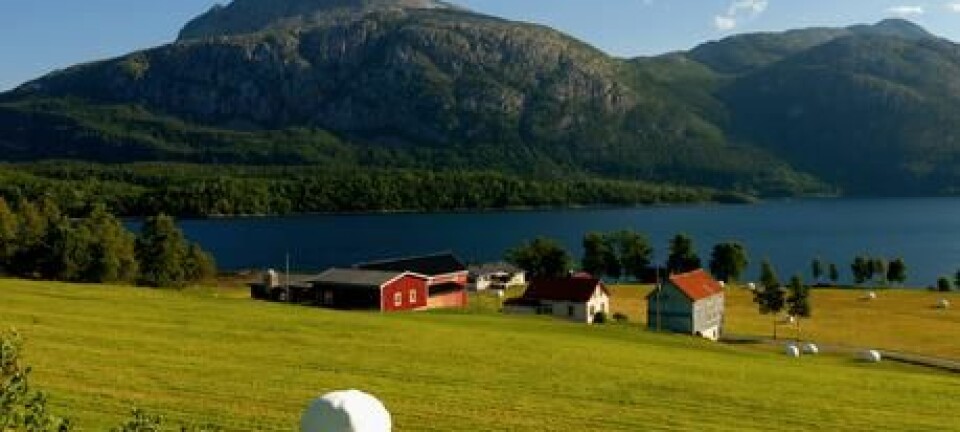An article from Norwegian SciTech News at NTNU
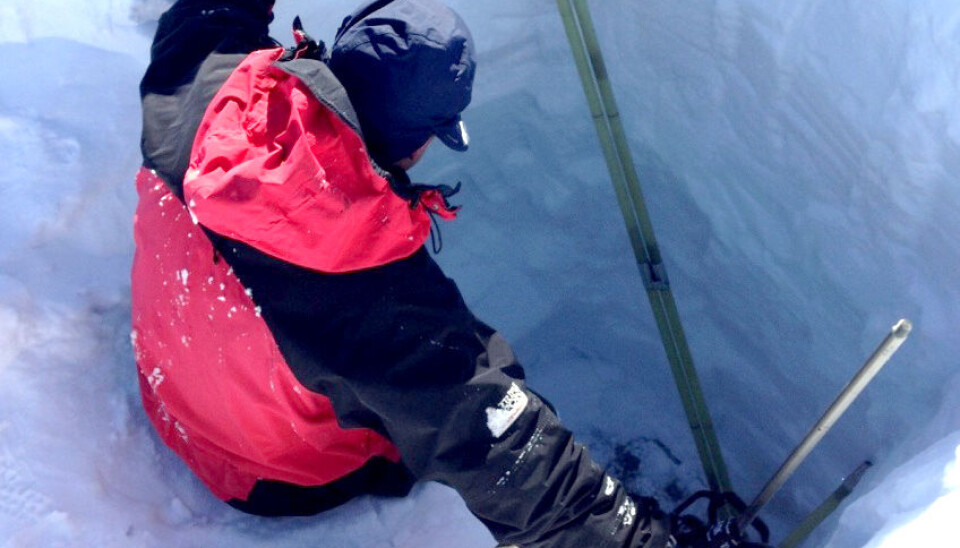
Ancient snow patches melting at record speed
Climate change is about to wipe out snowfields that have survived in the Norwegian mountains for 5,000 years.
Denne artikkelen er over ti år gammel og kan inneholde utdatert informasjon.
They actually shouldn’t exist in Norway. Summers are too hot and winters too dry for glaciers or perennial snow patches to form there.
Yet, the Kringsollfonna ice patch in Sør-Trøndelag county and the Storbreen glacier just north of Snøhetta mountain have done just that for over 5000 years, even surviving the warm period in the Middle Ages.
Now they’re melting fast. With one or two more hot summers, they will be history.
Working around the clock
The scientists studying snowfields are busy, and archaeologists have already retrieved exciting discoveries from areas that emerge when ice and snow disappears – such as arrowheads that are over 5,000 years old.

Researchers from the Department of Geography at NTNU in Trondheim, however, are most concerned with the relationship between weather conditions and how snow patches accumulate and melt away. Since research began in 2012, they have visited the two snow patches around ten times each year.
“Norway has a long tradition of taking measurements of glaciers of varying size, but we know very little about the smallest glaciers and what the locals refer to as snow patches,” says Associate Professor Geir Vatne.
Detailed data
A glacier is a perennial mass of moving snow and ice, while snow patches are stationary. Scientists use a lot of technological equipment to learn about glaciers and their characteristics.
Using a laser scanner and snow cores, researchers measure the accumulation of snow patches in the winter and their ablation- or melt- in summer. Traditional measurement methods such as stakes and snow soundings are more resource-intensive and provide poor data quality.
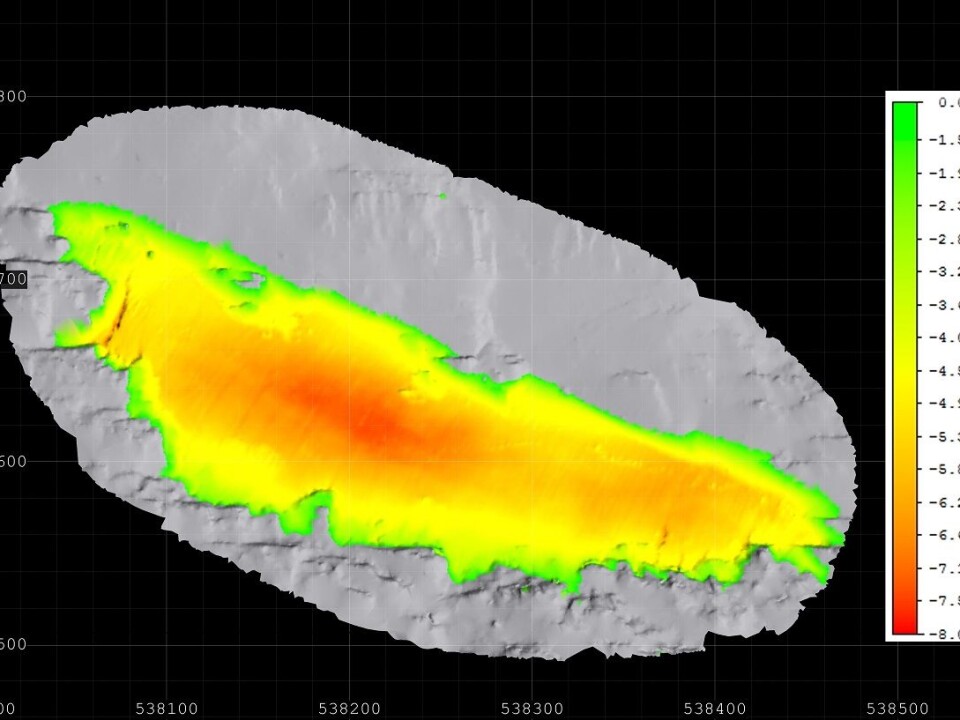
Ground-penetrating radar, or georadar, measures a glacier’s thickness. The resulting high-resolution data are used to create 3D models that visualize changes in ice volume, which can then be matched with weather data. Scientists can also see if there are changes in winter precipitation and wind distribution of snow, or if there are changes in summer temperature that affect whether the snow patches shrink or grow.
Scientists use super-accurate GPS technology to measure whether there is movement in the snow patches. They also take sediment samples from snow patch melt water lakes to study how snow patches have varied in size and activity since the ice sheet retreated from the area. Researchers have also attempted to map the extent of snow patches in the landscape over time.
“Some of the results surprised us. It turns out that several of the snow patches are actually glaciers,” says Vatne.
Distinguishing between snow patches and glaciers
But wait a minute. How can snow patches survive for 5 000 years when, based on the regional climate, they shouldn’t even exist? Glaciers and snow patches, of which there are many in the Norwegian mountains, form where more snow accumulates in the winter than melts the following summer.
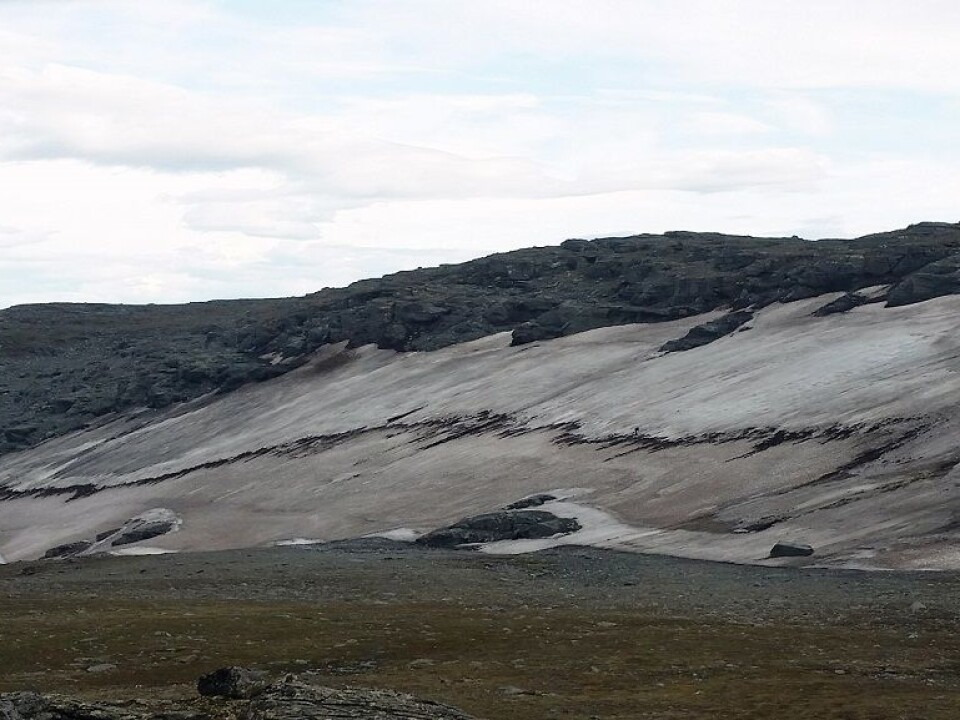
Northeast facing snow patches are typically recessed and sheltered from direct sunlight and the dominant winds for much of the year, so they collect windblown snow.
The Storbreen glacier is located high in the mountains in a permafrost area, which means that there is frost in the ground year round. Scientists have measured the temperature at the bottom of the glacier at minus 1.4 degrees in the summer, revealing that the glacier is frozen solid below and is not moving much.
“Even with barely measurable movement,” Vatne says, “Storbreen is still called a glacier.”
Gone forever
Researchers have not taken the temperature of the Kringsollfonna ice patch, but GPS measurements show that it is moving, making it more of a glacier than a snow patch. This knowledge can help archaeologists explain their findings.
Snow patches are nature’s own freezers, storing pollen and animal bones, among other things. Now the lid of the freezer has been removed, and snow patches are melting.
Vatne explains that when the snow patches are gone, wooden arrow shafts and other organic materials in the snow will quickly decompose. “Then they’re lost forever. The probability of discovering finds in snow patches is greater than in glaciers, because they’re not moving. The ancient materials inside moving glaciers have melted out long ago,” he says.
Role in the ecosystem
Both Kringsollfonna and Storbreen accumulated a lot of snow during the winter of 2012, despite the fact that it did not snow especially much. The reason for the gain was that windy periods around and after major snowfalls caused snow to accumulate in depressions.
At the end of the summer later that year, four feet of snow from the previous winter remained, before new snow came. However, during the hot summer of 2014 Kringsollfonna lost over 10 meters of snow and ice.
“This loss wasn’t just the snow from the winter before—it included eight meters of old ice that disappeared. Our measurements show that now the snow patch is eight meters at its thickest point. With one more hot summer, all of Kringsollfonna could be gone,” says Vatne.
He points out that snow patches play a role in our ecosystem. Reindeer are drawn to the snow patches on hot summer days, partly to avoid insects.
We may soon learn what happens when the reindeer don’t have these cool shelters. Vatne has no doubt that we will.
“It’s highly likely that snow patches will soon melt away,” he said. “Perhaps for good.”







